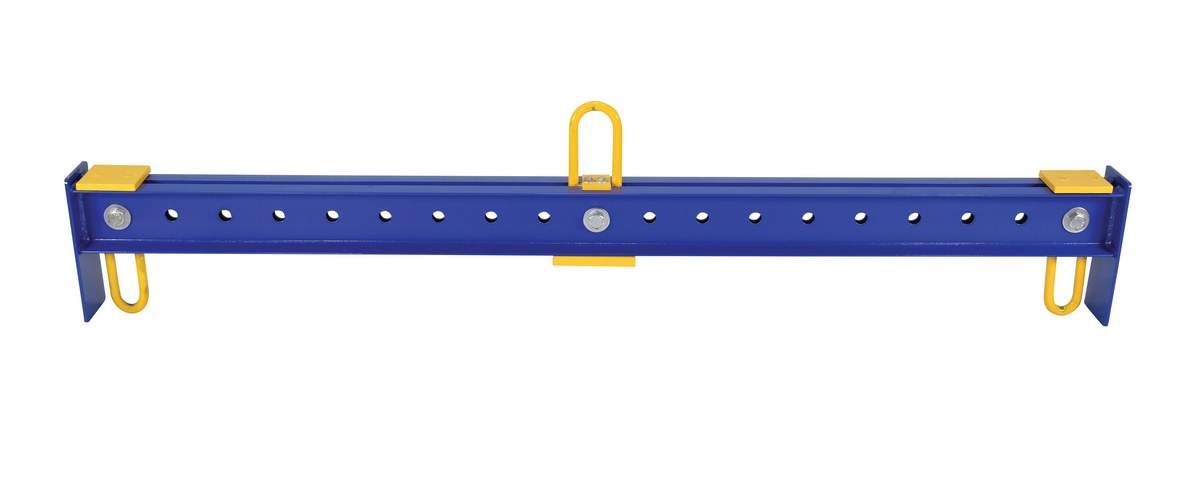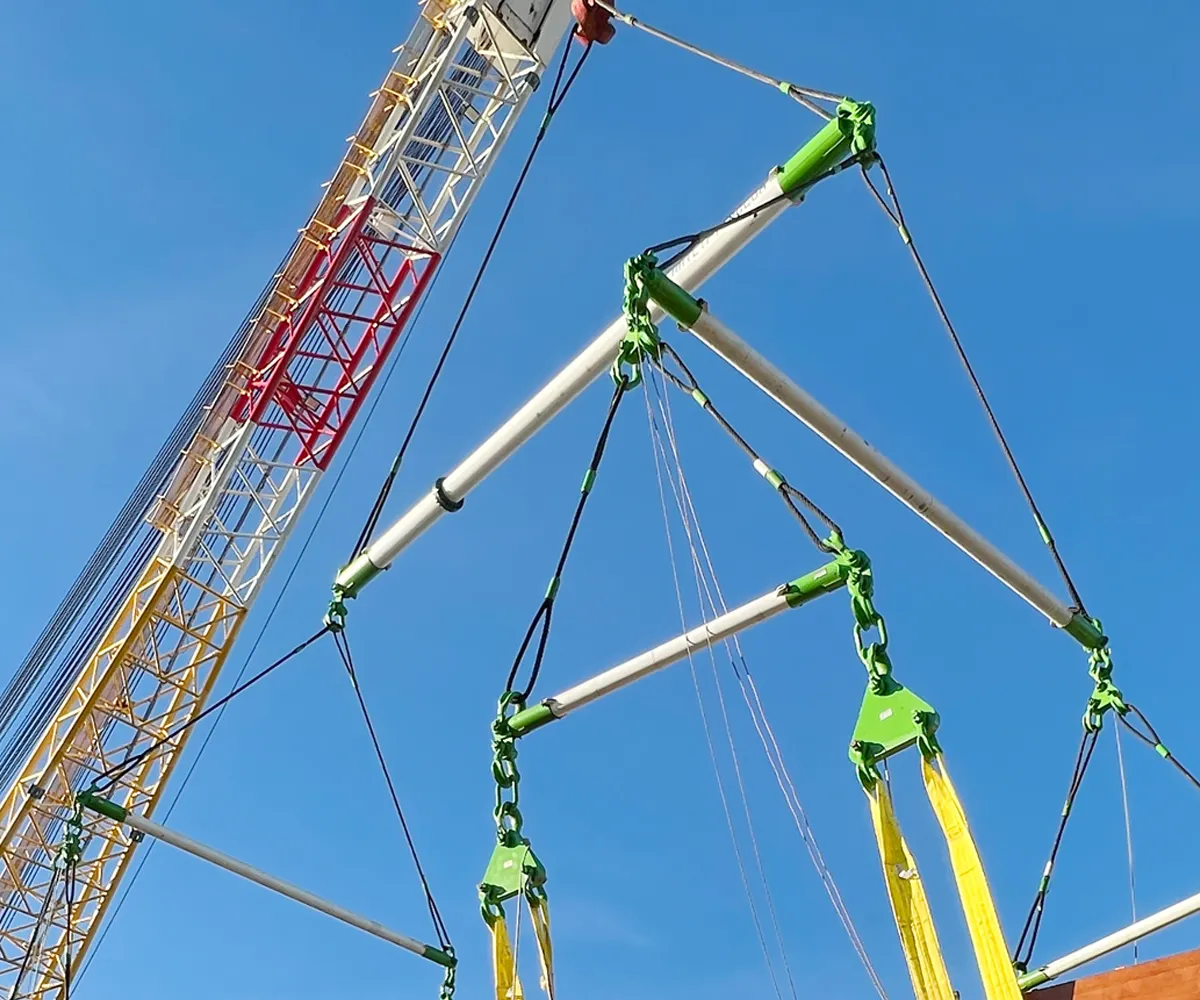The author of this paper is a skilled content developer, who has a profound interest in making inquiries about the relationship involving the technology, industry and lifestyle advancements. Having dedicated years of research writing in the field of technical equipment, construction tools, logistics solutions, and outdoor gears, the writer aims at making the complicated easier and understandable by a larger part of the audience. With these qualities, the writer is able to make sure that the reader not only acquires new information but also reaches the understanding of the true importance of the matter, which such tools may help us to realize in our everyday life.
The writer also covers lifestyle trends, sustainability, and innovations around products in addition to the technical and industrial subjects as long as the reader is taken into consideration. The idea of writing is driven by the passion of filling the gap between those, who work with these tools on daily basis, and those who are interested to know about their significance. All the pieces are professionally written taking into consideration their educational, informative, and inspirational purposes.
It could be either a descriptive analysis of how a spreader bar works, how to resolve logistic issues or the necessities one might need when going outside such as recreational gear or hammocks, the author gives a clear, focused and procedural explanation. The mission is straightforward: to deliver to the readers content that is trustworthy, informative and helpful both in personal interest and in professional sense.
Introduction
Spreader bar can be a simple word but in various contexts, there is a variety of meanings to that word. In a wide variety of industries, and even lifestyle niche categories, a spreader bar constitutes a working tool or accessory that acts to support, divide, stabilize, or control something. Regardless of whether it is applied in its use during construction, shipping, safety lifts, lifestyle use like hammocks and other specific adaptations, simply put a spreader bar is a crucial element used in making other related tasks easy.
Due to this flexibility, the spreader bar has been known as a very versatile equipment that is often overlooked yet extremely vital during performance. This paper will discuss the port of spreader bars. We shall have a look at how they are defined, history behind them, their production, how they are utilized in other industries, their safety and even how they are often used in much more peculiar fashion to make the spreader bar such an interesting topic. At the completion of this blog, not only will you know what the spreader bar is but you will also get an insight to how beneficial the spreader bar is in normal life, in professional sectors, and even leisurely settings.
General notion of a Spreader Bar
The simplest definition of spreader bar is therefore a rigid bar which is used to either separate or place a distance between two points. It generally acts as a balance device and makes sure the pressure, force, or weight is evenly distributed. Due to its simple function, it is quite flexible and spreader bars can be made with diverse shapes, materials, and sizes.
Its concept dates back centuries even in its primitive form where the spreaders were made of wood or some other rudimentary material used to hold loads or stabilizing a construction. The design has over time changed to highly engineered products in the form of steel, aluminum, or advanced composites that are responsive to demanding needs of the contemporary industries.
Industrial Lifting and Rigging by Spreader Bar
The lifting and rigging industry probably yields one of the widest operations of spreader bars. Semi loaded items like steel beam, shipping containers, machinery and pre-fab construction materials should be lifted safely and with high efficiency. Spreader bar makes it possible to ensure that there is no imbalance, no structural tension in lifting such loads. The lifting equipment needed to lift the load like cranes can be placed on both sides of the spreader bar by getting slings or chains on both ends of the spreader bar to equally balance the weight and minimize the possibility of wear and tear.
As an example, consider a long steel beam being lifted; in this case, hooking it, directly to the crane can result in bending or stress fractures. With a spreader bar however, multiple points will be bearing an equal amount of weight keeping it structurally sound and worker safe.
In Construction Spreader Bar
Building works highly depend on the tools that increase the safety and efficiency. Construction cannot exist without spreader bars as they create the possibility to place large building materials jointly. Be it through the use of prefabricated walls, glass panels or even sections of buildings as modules: spreaders bars are used to guarantee the steadiness of the load when it is being transported into place.
Moreover, construction spreader bars are reinforced with strong material that can deal with high loads. To ascertain the suitable bar to be utilized in any project, engineers closely estimate the load ratings, working load limits, and sling angles in order to estimate the correct bar. Lack of such details forces opens the gates to accidents or high-cost errors ever more.
Spreader Bar in Shipping and Logistics
Spreader bars are used to handle containers in the shipping business. The world has represented thousands of containers that are handled at ports and weigh some tons every day. In cranes, specialized spreader bars that are commonly known as container spreaders are used to support lifting of these containers safely.
Container spreader bars are also made to fit to four corners of a container so that the container may not wriggle when being lifted or transported. This approach does not only enhance safety but also accelerates the process of logistics, thus enabling ports to work with huge cargo amounts quickly.
Safety and Rescue Operational Spreader Bar
Spreader bars are also used in the operations of safety and rescue teams. An example would be during an emergency evacuation of injured people in stretchers, spreader bars are employed to maintain ropes or straps separated, and they will not be crushed on the victim. This structure is comfortable and safe and does not compromise effective rescue operations.
During aerial rescue or during confined-space extraction, spreader bars enable the rescuers to keep things under control and reduce risk. Being robust but lightweight, the rescue spreader bars become very useful tools in fire departments, military services and disaster control organizations.
Spreader Bar and Hammocks and Outdoor Gear
Leaving endless industrial possibilities behind, spreader bars are additionally common amongst outdoor and recreational equipment. A typical example is the use of hammocks that would be used with wooden or metallic spreader bars on either end. Such bars hold open the fabric that is spread out so that it does not bunch up, and it offers a flatter and more comfortable resting place.
To camp lovers, spreader bars help the hammocks to become mobile restful beds. They simplify setup and also make sure that the hammock is stable to eliminate the possibility of it tipping over. The fact that they can be found in the outdoor leisure sector demonstrates the serviceability of this straightforward but useful instrument.
Spreader Bar in Lifestyle and Specialized Use
In addition to industries and outdoor equipment, spreader bars also occur in some lifestyle products, and special interest groups. Judging by some scenarios, they can be found as fitness gear or even accompanying some leisure activities. Their main purpose in such situations has not changed: they are supposed to keep a distance, guarantee support, and create more comfort as well as stability.
Materials and Manufacturing of Spreader Bars
Spreader bars vary in their choice of materials which depend on the use of the product. High-strength steel with great strength is the norm in heavy use as the industrial grade is quite stable due to its exposure to high weights. Aluminum is common where the requirement is to provide lightweight designs with minimal loss of strength, and wood is still common in hammocks and as a recreational product.
Processing usually includes such processes as welding, machining and load testing. Spreader bars are tested rigorously by engineers to make sure that they can support the maximum loaded ones. OSHA or ISO certification are only two of many regulatory standards governing how to design and use spreader bars within a professional setting.
Safety Considerations with Spreader Bars
It is vital to provide safety vis-a-vis using spreader bars. The inappropriate use or faulty equipment, and overlooking the limits on the loads could lead to the severe incident. With this in mind, industries carry out rigorous safety measures such as frequent inspections, training of operators, and the guidelines provided by the manufacturers.
Before usage, it is necessary to make sure that the spreader bars do not contain any cracks or are not bent or have any other structural related flaws. Operators in an overhead lift must make sure that they have the slings attached correctly; the working load limit should not be exceeded. Following such safety precautions, spreader bars remain a useful and effective instrument which is used with the required precautions of safety.
Spreader Bars Modern Inventions
Spreader bars have undergone innovation in the recent past as many other tools. Spreader bars are now adjustable and operators can change length in accordance with the load to be lifted. Other state-of-the-art container spreader bars are modified with an automated locking mechanism, which can be operated remotely and thus provides greater efficiency in shipping yards. Also, new lightweight composite materials are in testing to make spreader bars that are simpler to work with without losing their strength. The discussed innovations are the next step of the development of this multifunctional device.
Sustainability and environment impact
As industries move towards being sustainable, spreader bars find themselves in the scene as well. Recyclable materials and energy efficient production techniques now are top of the agenda of manufacturers. Industries help lower waste as well as loading of the environment by increasing the lifespan of spreader bars by making them durable and finding ways to utilize them multiple times.
Conclusion
Spreader bar can be viewed as a plain bar at the first sight, though its mission is not a simple one. It has become an elementary device in the present-day industries as well as lifestyle products that aid in performing tasks that will otherwise be unreliable and ineffective. Whether it is the skyscraper-like cranes of international ports, the rescue missions performed in life or death circumstances, the construction sites that give our cities their shape and even the hammock we laze around in at home, the presence of spreader bars just remains an instrument of equilibrium, stability and safety.
The great thing about the spreader bar though is that it is versatile. Not many things are as applicable across industries as diverse as logistics, safety, construction and leisure. This versatility can point out to human design ingenuity- how a simple idea can change and be able to satisfy so many new requirements. In addition to that, the constant innovations in adjustable models, light materials, and automated machines prove to us that even simple tools do not remain the same and are constantly improved to address new challenges.
In the future, spreader bars will go on defining industries whereas they will be applicable in the lives of people on a regular basis. It is not so much what they are doing as the way they are doing it so quietly, so efficiently, so dependably and with little fuss to themselves. The spreader bar is an untalking associate of development and innovation, and convenience in this respect. We learn not only the technical details but through each of them we learn more about the tools that have made our world a safer, more efficient and enjoyable place to live in.
Frequently Asked Questions
What does a spreader bar do?
A separation bar (called a spreader bar) is applied to keep things separate to ensure weight spread as well as stability in picking, construction, shipping, rescue or even in recreational gear such as hammocks.
Spreader bars are made out of what?
Their material of construction usually determines how they are manufactured with steel, aluminum, wood, or composite materials being common.
Are spreader bars safe?
Spreader bars are very safe indeed, provided they are used properly and to the loading limits that they are rated to withstand. This is necessary to have regular observation and compliance to the standards.
Does spreader bars have adjustment?
Indeed, a large proportion of contemporary spreader bars can be adjusted, particularly in industrial environments, where their users can adjust the level of their lengths as regards their loads.
What are the places of most popular use of spreader bars?
They find common application in construction, freight forwarding, logistics, safety rescue, hammocks and lifestyle accessories.

